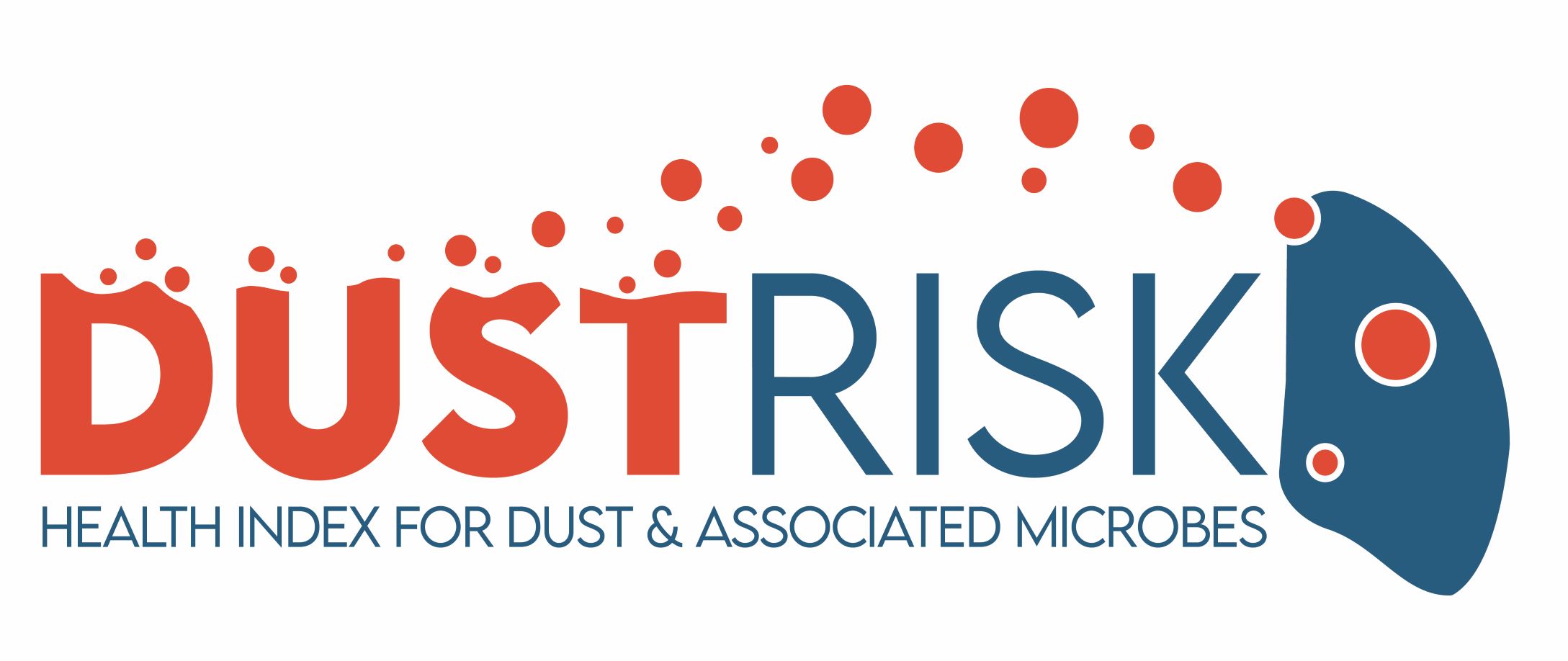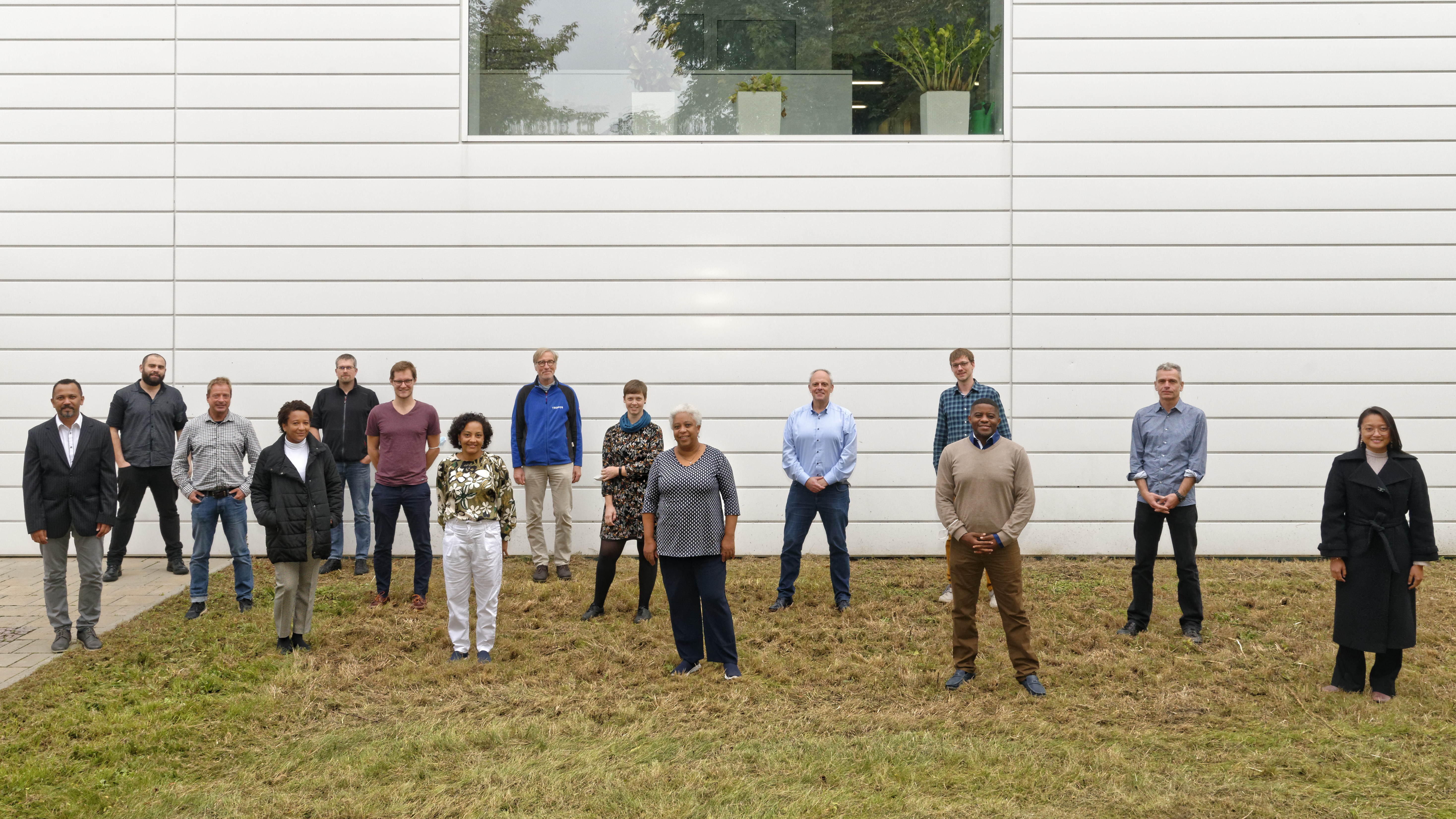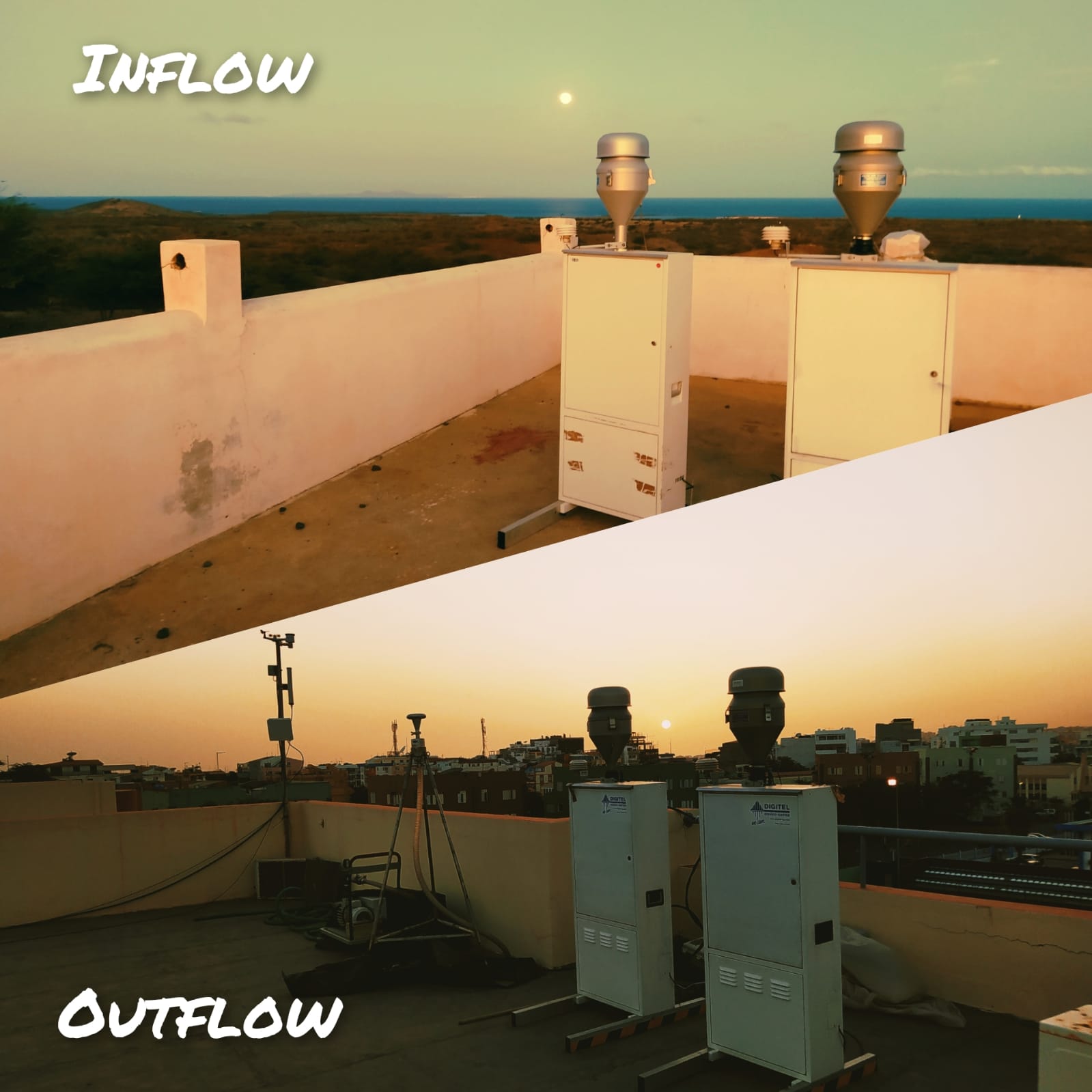

Mineralstaub enthält Partikel mit unterschiedlicher chemischer und mikrobieller Zusammensetzung, die Atemwegserkrankungen wie Asthma, Rhinitis oder Lungenentzündung verursachen oder verschlimmern können. Im DUSTRISK-Projekt "A risk index for health effects of mineral dust and associated Microbes" werden schädliche Aspekte von Mineralstäuben in Kombination mit anhaftenden Mikroben untersucht.
Ziel ist es, atmosphärische, klinische, epidemiologische, toxikologische und mikrobiologische Studien zu kombinieren und über eine rein massenbasierte Risikobewertung für Atemwegserkrankungen hinaus die Zusammensetzung der Stäube einzubeziehen und einen entsprechenden Risikoindex als Beratungsinstrument für die Öffentlichkeit und gefährdete Gruppen zu entwickeln.
Feldstudien, Laboruntersuchungen sowie Modellierungsstudien werden in Zusammenarbeit mit Partnern aus den Leibniz-Instituten DSMZ, FZB und IUL sowie aus Cabo Verde durchgeführt, darunter Krankenhäuser, Universitäten und öffentliche Gesundheitsinstitute.
Das Projekt DUSTRISK wird im Rahmen des Leibniz-Wettbewerbs 2020 im Förderprogramm "Kooperative Exzellenz" gefördert, mit dem spezifische Forschungsansätze der Leibniz-Gemeinschaft auf der Grundlage von Diversität und Dezentralisierung gefördert werden sollen.
First DUSTRISK workhop at Leibniz Institute for Tropospheric Research, TROPOS
The first DUSTRISK workshop happened from 7th to 8th of October 2021 at the Lebniz Institute for Tropospheric Research, TROPOS, Leipzig.
The workshop was mainly led by the students from Germany and Cape Verde presenting results from the first phase of the measurements in Cape Verde conducted in January 2021.
This was followed by a discussion coming up with an interdisciplinary strategy for the main campaign on January 2022.
The main outcome of this workshop was identifying the strengths and challenges of the first campaign and the planning of a scientifically robust main campaign.

After workshop picture
Source: Tilo Arnhold (TROPOS)
Cape Verde measurement campaign January - February 2022
An extensive sampling and measurement campaign at the Cape Verdian islands of Sao Vicente, where CVAO is located providing continuous aerosol measurements for years, and Santiago was conducted during the dust season, from January to February 2022.
The main strategy of the campaign was to measure dust along the path of the dust through the cities of Mindelo and Praia, two of the most populous cities in Cape Verde.
Continuous measurements of aerosol physical properties were conducted as well as mapping of pollution at ground level with mobile measurements.
Remote sensing measurements and dust event forecasts were performed throughout the campaign period.
Aerosols samples were collected at different particle size cutoffs which were later used for chemical, physical, microbiological and toxicological analyses. Additionally, sampling for bioaerosols was done.
Finally, these analyses will be further used to corrolate to the results of the epidemiological studies.

High-volume Digitel samplers at the inflow and outflow sites in Praia, Santiago, Cape Verde.
Source and art: Eduardo Souza
DUSTRISK workshop: Leibniz Research Institute for Environmental Medicine, IUF, Düsseldorf
Group photo from physical attendees
Source: IUF/Christiane Klasen
On July 2022, after the extensive campaign made at Cape Verde, a workshop at IUF, Düsseldorf from the DUSTRISK project took place.
On the workshop, the individual working gropus had a interdisciplinary discussions
During this workshop, the progress of each working group was presented followed by an interdisciplinary discussion on combining key results of the measurement campaign.
The main outputs of the workshop are first, various intersections between different fundamental scientific fields have been mapped out, specifically in terms of planned publications. Second, strategies have been discussed to optimize the ongoing epidemiological studies, as well as support for the Cape Verdan partners.
